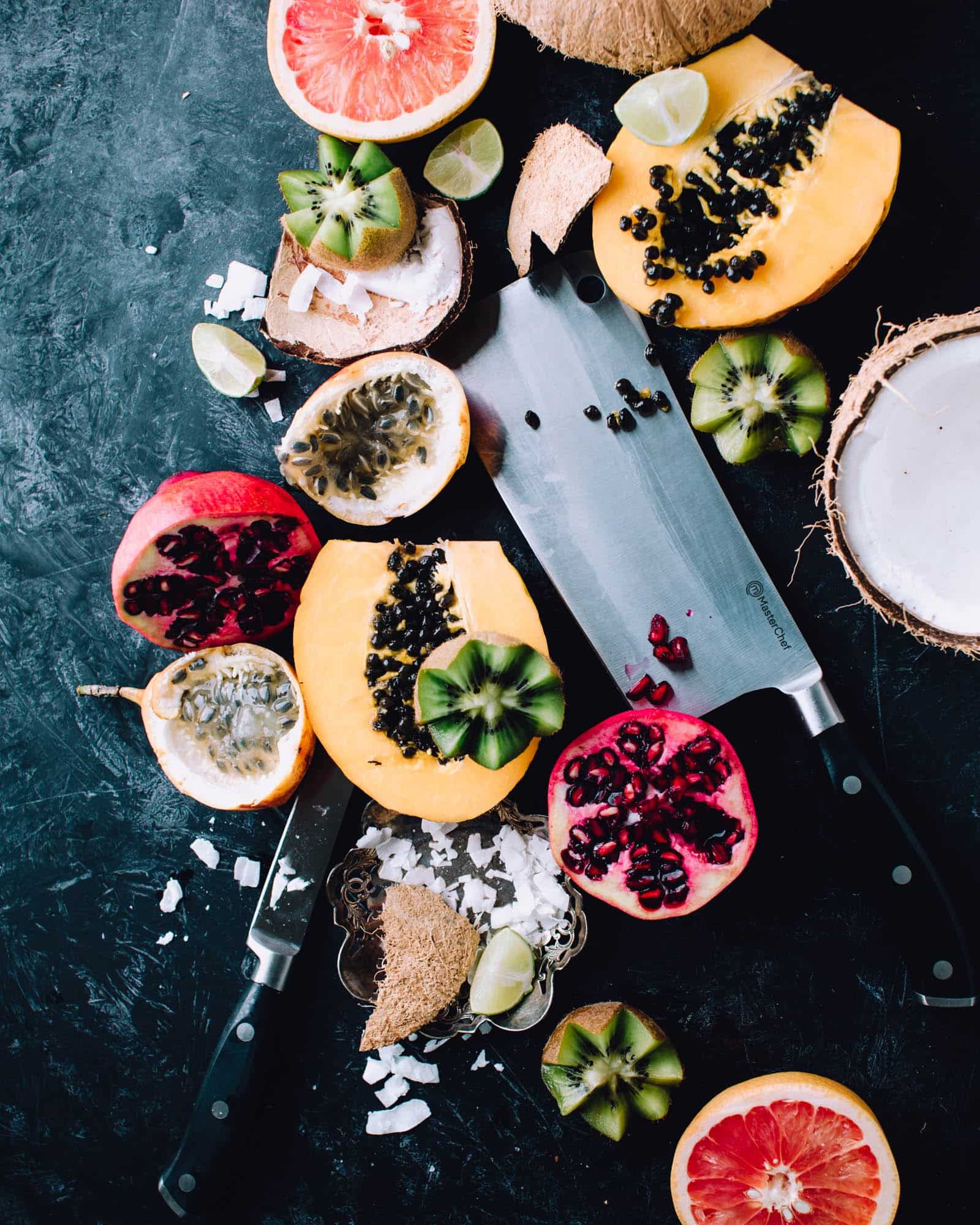Insightful Waves
Exploring the currents of everyday news and insights.
Picture Perfect Plates: Capture Your Culinary Creations Like a Pro
Elevate your food photography skills! Discover tips to make your dishes look irresistible and get the clicks your culinary art deserves.
5 Essential Tips for Styling Your Plates for Stunning Food Photography
When it comes to styling your plates for stunning food photography, the presentation of your dishes is just as important as the food itself. Begin by selecting the right plates; opting for simple, solid colors can help your food stand out. Additionally, consider the color contrast between your dish and the plate. For example, a vibrant salad on a white plate can create an eye-catching visual. Use layered textures by incorporating garnishes or elements with different heights to create depth, which enhances the overall image appeal.
Another key technique is to play with lighting. Natural light works wonders for food photography, as it highlights the freshness and colors of your dishes. Avoid harsh overhead lighting and opt for softer side lighting to eliminate unwanted shadows. Lastly, don't forget the importance of negative space; leaving some empty areas in your shot can help direct the viewer's focus towards the beautifully styled food. By following these tips, you'll be well on your way to achieving stunning food photography with your styled plates.

The Best Lighting Techniques to Make Your Dishes Shine
When it comes to food photography, mastering the best lighting techniques is crucial for making your dishes shine. Natural light is often the preferred choice among food photographers, as it not only brings out the true colors of the ingredients but also creates a soft, appealing atmosphere. To achieve optimal results, position your dish near a window where the light is plentiful and diffuse. You can use sheer curtains to soften harsh sunlight or time your shoots during the golden hour for a warm, flattering glow.
Other effective lighting techniques include utilizing artificial light sources, such as softboxes or ring lights, which can help to create a consistent and controlled environment. Experiment with different angles of light to discover how shadows and highlights interact with your dishes. An overhead light can add depth, while side lighting is great for enhancing textures. To truly make your dishes stand out, consider using reflectors to bounce light back onto your subjects, illuminating them in a way that captures the viewer's attention.
How to Use Props and Backgrounds to Enhance Your Culinary Creations
Using props and backgrounds effectively can dramatically enhance the visual appeal of your culinary creations. Start by selecting a color palette that complements the dish you are showcasing. For example, if you're presenting a vibrant salad, consider using a neutral-colored plate or background to make the colors pop. Incorporate props like rustic utensils, natural elements (such as herbs or wooden boards), and textured fabrics to create depth and interest in your food photography. Adding complimentary props not only frames your dish but also tells a story, making the overall composition more inviting and engaging.
When it comes to backgrounds, think about the mood you want to convey. A clean, white background can offer a modern, sophisticated look, while a wooden or stone surface can evoke a warm, rustic feel. Don't hesitate to play with various angles and perspectives to find the most flattering viewpoint for your dish. Remember to keep distractions to a minimum so that your culinary creation remains the star of the photograph. Experimenting with both props and backgrounds can lead to stunning results, making your food presentations not only appetizing but also visually captivating.